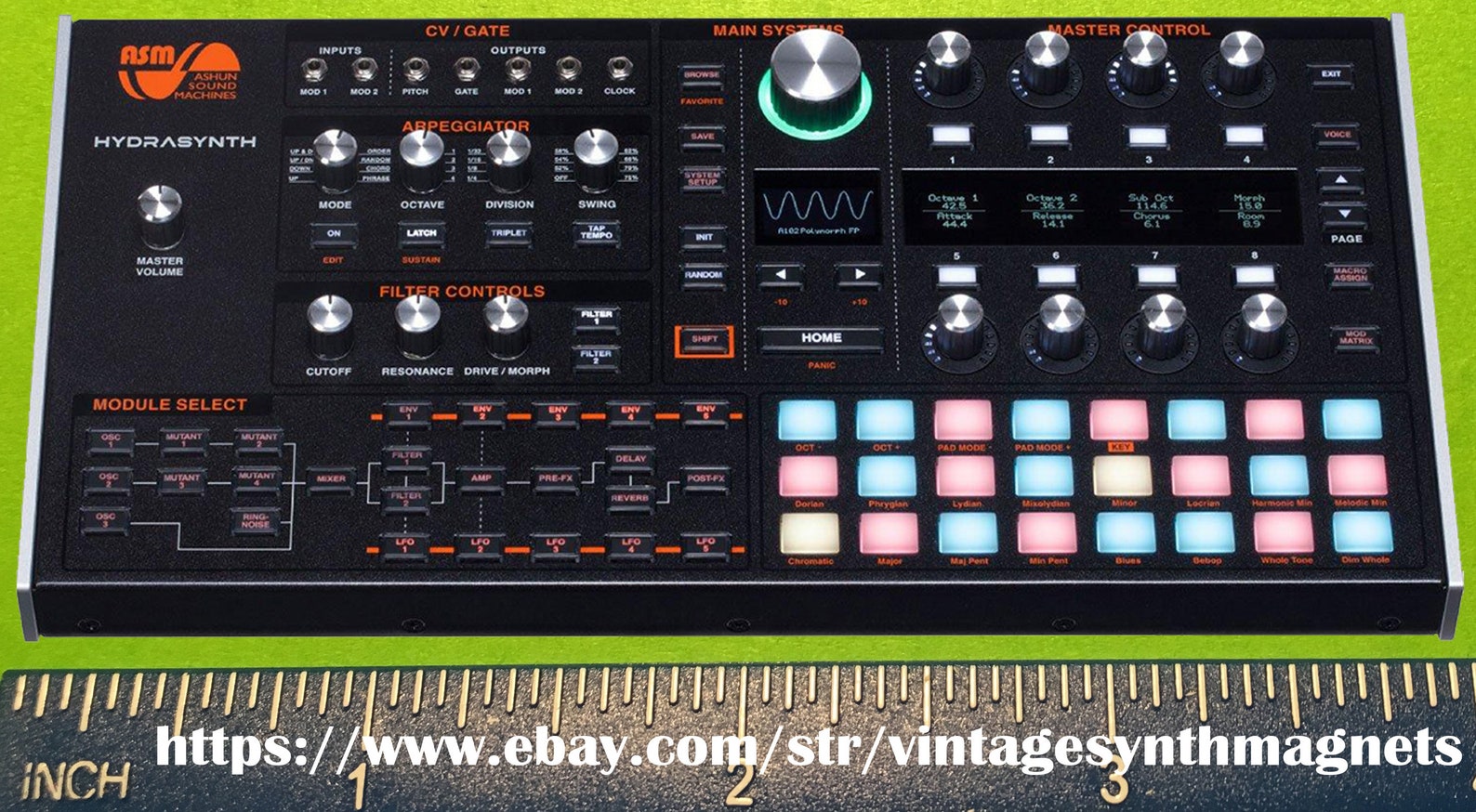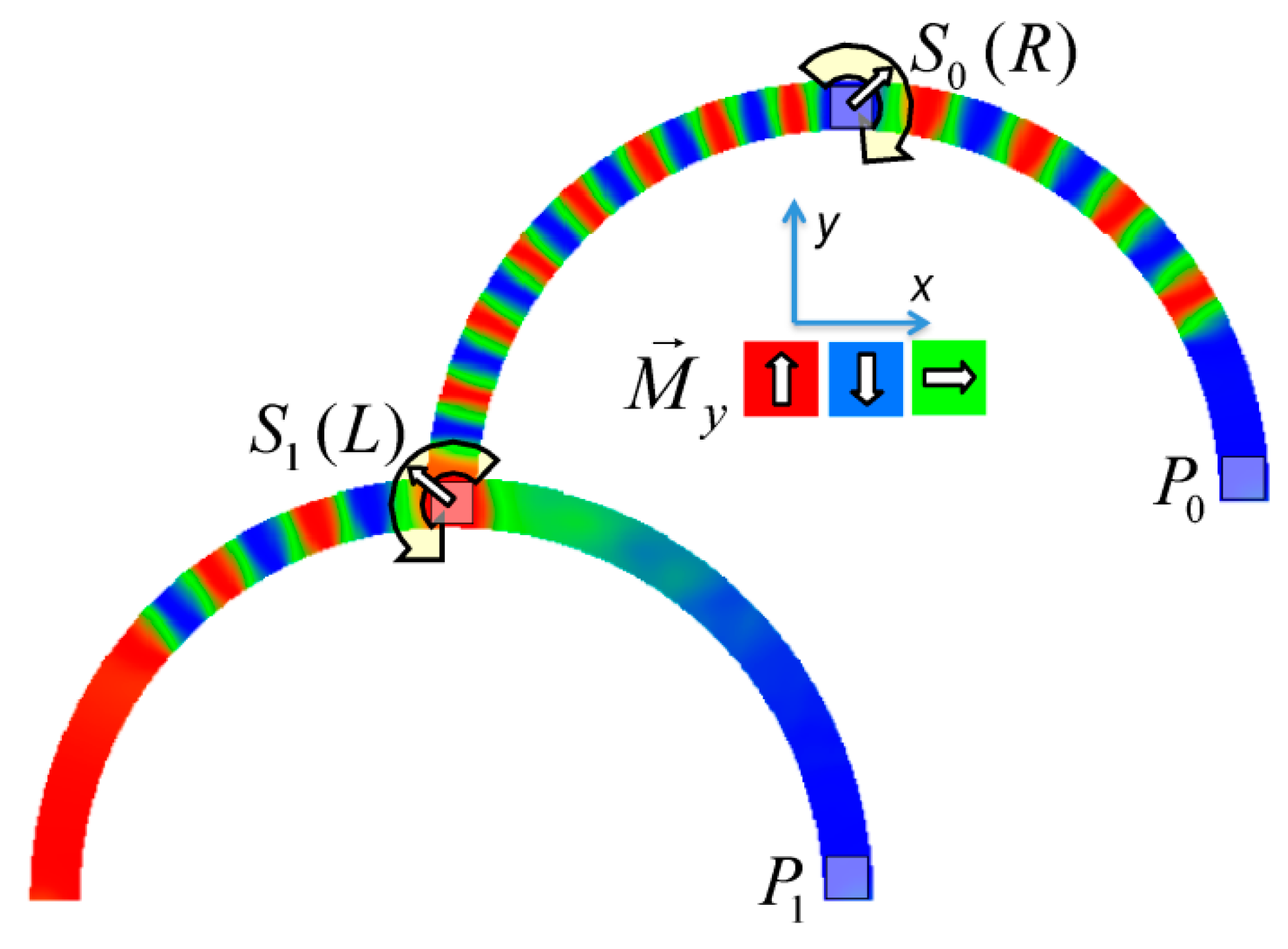


now let's hypothesise that you want the pitches of each of the Waves to be different from one another. Furthermore, the Timing Lane isn't constrained to having the same number of steps as the Sample Lane so, in principle, things are already becoming quite complex as the two Lanes shift against one another. You do this in the Timing Lane, which can have a different set of loop values.

Now let's hypothesise that you want the durations of each of the steps containing the Waves to be different from one another. Having inserted the appropriate Waves into a thing called a Sample Lane, you can then determine the order in which they're heard by creating a loop with your choice of direction (forward, backward, forward/backward) and your choice of start and end points. Let's say that you want to create a sound that starts with a piano sample, followed by a flute sample, then a human voice sample, and so on up to a maximum of 64 samples. Instead, you have to treat all of these as independent variables that can be combined in different ways. To understand these, you have to dispense with the concept that a note, or even that a given moment within a note, has this pitch, this tone, this duration, and so on. You can program sounds using single Waves, but the real character of the Wavestate is revealed when you combine Waves into Wave Sequences. This allows you to create a far wider range of sounds than would otherwise be possible. In addition, many of the samples offer start point offsets, which means that you can play them from their beginnings or from a number of pre-selected points after that. The underlying library is huge, and I doubt that you'll fail to find something that allows you to build the sounds you want. Some people have already suggested that this is a significant shortcoming, but I don't see it that way.

This memory is not a ROM, which means that it should be possible to overwrite it, but there's no suggestion at this point that you will be able to load your own samples into it. Since the ROM in the original Wavestation extended to just 2MB, this means that, despite exaggerated claims made elsewhere, the Wavestate offers around 2GB of samples. There are a lot more of these than before and they occupy a memory that Korg describes as "a thousand times larger" than the Wavestation's. To answer this, let's start by returning to the Waves from which sounds are built. But it's still able to produce an incredible range of superb sounds - indeed, I would suggest a wider range than before, so how does it do it? Consequently, it can't recreate the monumental textures and 'songs under a single note' produced by its ancestor.
HARTMANN NEURON TOUCHOSC EDITOR PATCH
Whereas the earlier synth allowed you to allocate one Wave or Wave Sequence within a Voice, four Voices to a Patch, one Patch to a Part, and then eight Parts to a Performance for a total of up to 32 sound sources per note, the Wavestate allows you to allocate one Wave or Wave Sequence within a Voice, one Voice to a Program, one Program to a Layer, and then four Layers to a Performance, which means that it offers a maximum of just four sound sources per note. But if you're tempted to believe that the Wavestate is a 'bigger' Wavestation you would be wrong in one important respect. The Wavestate's synthesis engine is based upon samples and multi-samples called Waves, and you can play these individually or string them together to create all manner of rhythmic sequences and evolving sounds.
HARTMANN NEURON TOUCHOSC EDITOR UPDATE
Is it an update of the original Wavestation, a completely new beastie, or does it lie somewhere between? Wave Sequencing 2.0 But now, a quarter of a century since the last Wavestation was discontinued, there's a new kid on the block. Happily, its Wave Sequencing technology didn't disappear entirely, resurfacing as a soft synth in 2004, and in limited form in the OASYS and the Kronos. I thought that that was a great shame, but the huge amount of resources that Korg poured into the Prophecy, the Trinity, the original OASYS and the Z1 in the mid-'90s meant that the company never returned to the Wavestation. Wave Sequencing is back - and this time it's got knobs on!įrom the WS‑1 keyboard in 1990 to the SR rack released in 1992, the Wavestation family remained in production for only five years or so before being discontinued.


 0 kommentar(er)
0 kommentar(er)
